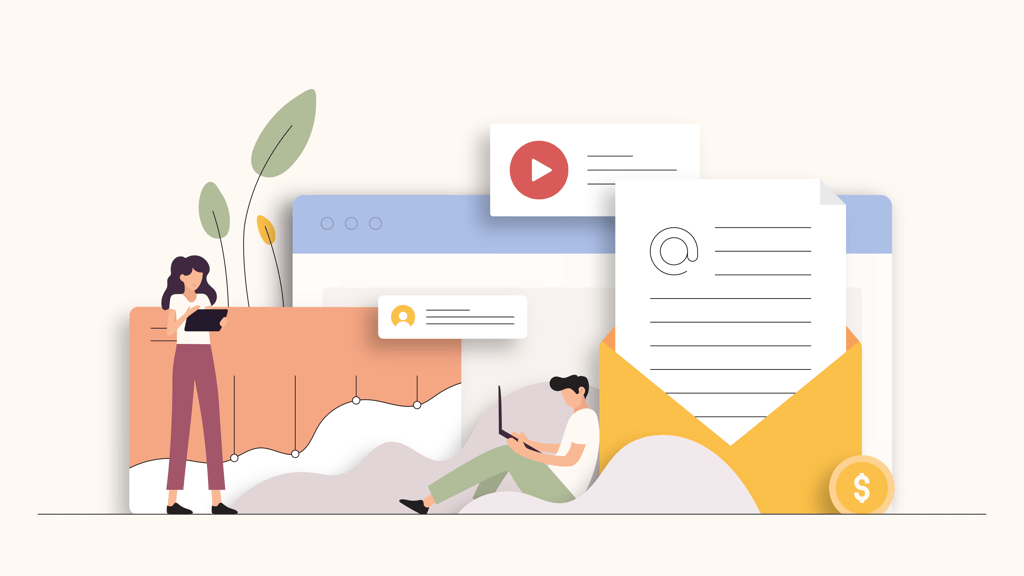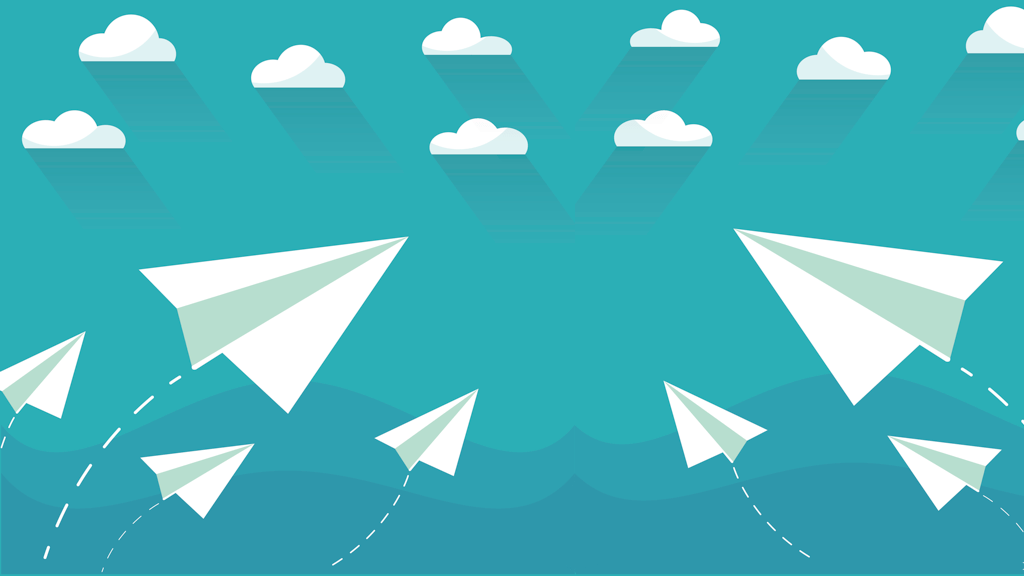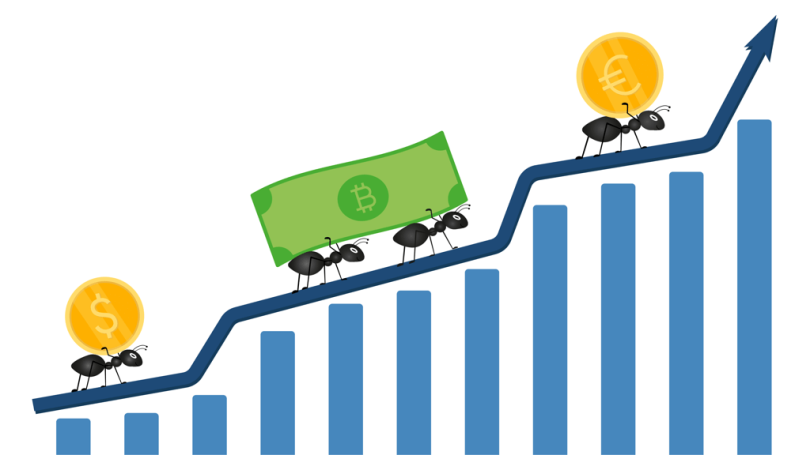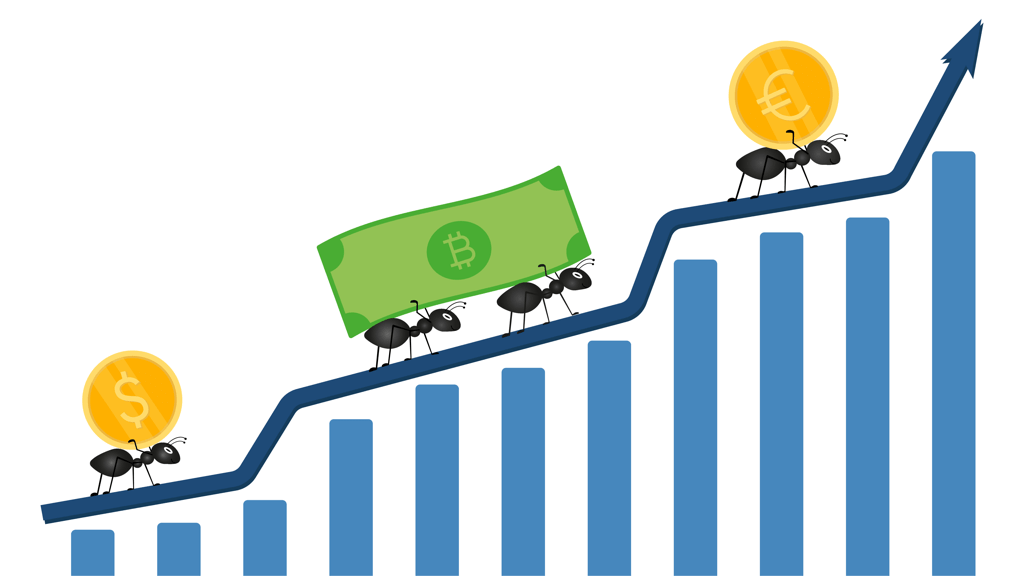How to write marketing e-mails depending on the season – Welcome to our blog post on e-mail marketing and how to tailor your messages according to the changing seasons. In today’s fast-paced digital world, e-mail marketing is an effective way for businesses to connect with their audience, promote their products or services, and drive conversions. But sending out generic e-mails throughout the year is not enough anymore.
To truly grab attention and stand out from the crowd, you need to consider the seasonality of your marketing campaigns. By aligning your e-mail messages with the current season, you can create a sense of relevance and timeliness that resonates with your subscribers. So get ready as we explore different types of e-mail marketing messages that will make an impact depending on the time of year!
But before diving into specific seasonal tips, let’s first understand what e-mail marketing entails and why it is such a powerful tool in today’s digital landscape.

The different types of e-mail marketing messages
Email marketing is a powerful tool that allows businesses to connect with their audience directly and personally. When crafting effective email marketing messages, you can send several different types depending on your goals and the season.
One type of email message is the promotional email. This type of message is designed to grab attention and entice recipients to take action, such as making a purchase or signing up for a special offer. Promotional emails often include exclusive discounts or limited-time deals to create a sense of urgency.
Another type of email message is the informational email. These messages provide helpful information or updates about your products, services, or industry trends. They can be a great way to establish yourself as an authority in your field and keep your audience engaged with relevant content.
Seasonal emails are another popular option for e-mail marketing campaigns. These messages align with specific seasons or holidays. They can help you tap into the excitement and enthusiasm that comes with them. For example, during springtime, you could send emails highlighting new product launches or offering gardening tips.
Personalized emails are also highly effective in engaging subscribers. By segmenting your audience based on their interests or past interactions with your brand, you can send tailored messages that resonate with each recipient.
There are various types of e-mail marketing messages you can use depending on the season and objectives of your campaign: promotional emails for grabbing attention; informational emails for providing valuable content; seasonal emails for capitalizing on holiday excitement; personalized emails for targeting individual preferences; and automated emails for nurturing leads over time.
Seasonal e-mail marketing tips
Seasonal e-mail marketing is a powerful tool that can help you connect with your audience and drive engagement throughout the year. By tailoring your messages to align with the seasons, you can create campaigns that resonate with recipients and grab their attention.
In spring, take advantage of the renewal and growth that comes with the season. Consider sending emails about fresh starts, new products or services, or special promotions to kick off the season positively. Use imagery reflecting blooming flowers or sunny skies to evoke optimism and excitement.
Summer is all about relaxation and fun in the sun. Send emails promoting summer activities, vacation deals, or seasonal sales. Incorporate bright colors and beach-themed visuals to capture the essence of this carefree time of year.
Tap into the cozy vibes of cooler weather and changing leaves as fall rolls around. Send emails featuring autumn-inspired content such as fall fashion trends, comforting recipes, or upcoming holiday promotions. Warm earth tones in your design elements can help create a sense of comfort and nostalgia.
Winter presents an opportunity for holiday-themed email marketing campaigns. Whether it’s offering exclusive discounts for gift-giving or sharing festive content like DIY decorating ideas or winter recipes – embrace the spirit of giving during this time of year.
Remember always to consider your target audience when creating seasonal e-mail marketing messages. Keep them engaged by providing valuable content while incorporating relevant seasonal themes throughout each campaign.
Spring
Spring is a season of renewal and fresh beginnings. As the weather starts to warm up and flowers bloom, it’s also a great time to revitalize your e-mail marketing strategy. With people feeling more energized and optimistic this time of year, you can use that momentum to grab their attention with your e-mail messages.
One type of e-mail marketing message that works well in the spring is offering special promotions or discounts. This could be for products or services related to spring cleaning, outdoor activities, or vacations. You can boost sales and engagement by highlighting these seasonal offerings and providing an incentive for customers to make a purchase.
Another idea for a spring-themed e-mail marketing message is sending out newsletters or updates about upcoming events or new product releases. Spring is often associated with growth and anticipation, so by sharing exciting news with your subscribers, you can keep them engaged and eager to learn more.
Consider incorporating vibrant colors and imagery into your e-mails during the spring season. Use images of blooming flowers or sunny landscapes to create a visually appealing experience for your recipients. This not only helps grab their attention but also reinforces the positive associations they have with this time of year.
When it comes to e-mail marketing messages in the spring season, focus on offering promotions or discounts, sharing exciting news or updates relevant to this time of year, and using visuals that capture the essence of springtime. By tailoring your messages accordingly, you can effectively engage your audience during this season of renewal.
Summer
Summer is a time of sunshine, vacations, and relaxation. It’s also an excellent opportunity for businesses to connect with their audience through email marketing. With people in a more laid-back mindset, grabbing their attention quickly and providing engaging content is essential.
One type of email marketing message that works well during the summer is the “summer sale” or “limited-time offer” email. Offering exclusive discounts or promotions can entice customers to make purchases while they have extra free time.
Another practical approach is sending emails showcasing new products or services that align with the summer season. Whether it’s trendy swimwear, refreshing beverages, or outdoor equipment, tailoring your offerings to fit the current season can increase interest and conversion rates.
Additionally, consider providing helpful tips and advice related to summer activities. For example, if you’re in the fitness industry, email workout routines for maintaining that beach body or healthy recipes for backyard barbecues.
Remember to keep your emails visually appealing by using vibrant colors and eye-catching images that evoke feelings of summertime fun. And don’t forget about mobile optimization! Many people read emails on their smartphones while lounging by the pool or at the beach.
Summer presents an excellent opportunity for businesses to connect with their audience through targeted email marketing messages. You can maximize engagement during this sunny season by grabbing attention with enticing offers and providing valuable content related to summertime interests.
Fall
Fall has vibrant colors, crisp air, and cozy sweater weather. It’s the perfect time to connect with your audience through e-mail marketing messages that capture the essence of this beautiful time of year.
One type of e-mail message you can send in the fall is a seasonal promotion. Take advantage of popular events like Halloween or Thanksgiving to offer special discounts or limited-time offers. Use eye-catching imagery and compelling copy to grab attention and encourage recipients to take action.
Another idea for a fall-themed e-mail marketing message is to provide helpful tips or advice about the season. Share recipes for hearty soups, suggest outdoor activities like apple picking or pumpkin carving or provide fashion inspiration for layering outfits in cooler weather.
You could also create an e-newsletter specifically tailored for fall. Include updates on new products or services, highlight customer success stories, and share relevant articles or blog posts that interest your subscribers.
Remember to constantly personalize your messages by addressing recipients by name and segmenting your audience based on their preferences and interests. This will ensure your e-mails feel more personalized and relevant to each recipient.
Incorporating captivating subject lines that evoke warmth, nostalgia, or excitement can enhance engagement with your fall-themed e-mail campaigns.
Using seasonal elements in your e-mail marketing messages during the fall can help you build stronger connections with your subscribers while promoting your brand effectively. So don’t miss out on this opportunity to engage with your audience during this enchanting season!
Winter
Winter is a season that brings with it a unique atmosphere and feelings of coziness. It’s also an excellent opportunity for businesses to connect with their audience through seasonal e-mail marketing messages. Here are some ideas to help you create attention-grabbing e-mails during the winter months.
One idea is to highlight winter-themed products or services that your business offers. Ensure your subscribers know about them, whether warm sweaters, hot beverages, or holiday decorations. You can even offer exclusive discounts or promotions to incentivize purchases.
Another approach is to tap into the emotions associated with winter – think warmth, comfort, and nostalgia. Use storytelling techniques in your e-mails to evoke these feelings and create a connection with your audience. For example, share heartwarming stories about your brand or ask customers to share their favorite winter memories.
Since winter often coincides with major holidays like Christmas and New Year’s, consider sending out holiday-themed e-mails as well. This could include special greetings, gift guides, or party-planning tips.
Don’t forget about post-holiday messaging. Many people experience a lull after the festivities end and may appreciate content that helps them relax and recharge during the colder months. Consider sharing self-care tips or recommending cozy activities like reading by the fire or enjoying hot chocolate.
By tailoring your e-mail marketing messages specifically for the winter season, you can engage your audience meaningfully while effectively promoting your products or services.
How to write marketing e-mails depending on the season
In today’s digital age, e-mail marketing has proven to be an effective strategy for businesses of all sizes. Companies can build brand awareness, drive sales, and foster customer loyalty by sending targeted messages directly to their customers’ inboxes.
When it comes to creating impactful e-mail marketing campaigns, considering the season is crucial. The changing seasons offer unique opportunities to connect with your audience on a more personal level and tailor your message accordingly.
During the spring season, embrace themes of rejuvenation and new beginnings. Offer special promotions or discounts on products related to spring cleaning or outdoor activities. Use bright colors and cheerful imagery in your e-mails to capture attention.
As summer rolls around, focus on promoting items perfect for warm-weather adventures. Whether it’s beach essentials or backyard BBQ supplies, appeal to your customers’ desire for fun in the sun. Consider using vacation-themed subject lines or incorporating vibrant images that evoke a sense of relaxation and enjoyment.
Tap into the coziness and nostalgia associated with this season in the fall months. Highlight autumnal products such as sweaters, pumpkin spice treats, or home decor items for Halloween and Thanksgiving celebrations. Incorporate warm tones like oranges and browns into your design elements to create an inviting feel.
As winter arrives with its festive cheer, capitalize on holiday shopping trends by offering exclusive deals or limited-time offers. Send personalized greetings that make recipients feel valued during this time of giving. Utilize festive visuals like snowflakes or twinkling lights to add a touch of magic to your e-mails.
Conclusion
Remember that successful seasonal e-mail marketing goes beyond simply tailoring content – timing is critical! Plan so that you can deliver timely messages when they will have maximum impact.
Utilizing these tips throughout the year and powerful tools like MaxBulk Mailer, you can take advantage of each season’s unique characteristics while maintaining consistency in your overall branding strategy.
So, get creative, think outside the box, and leverage the power of e-mail marketing.








